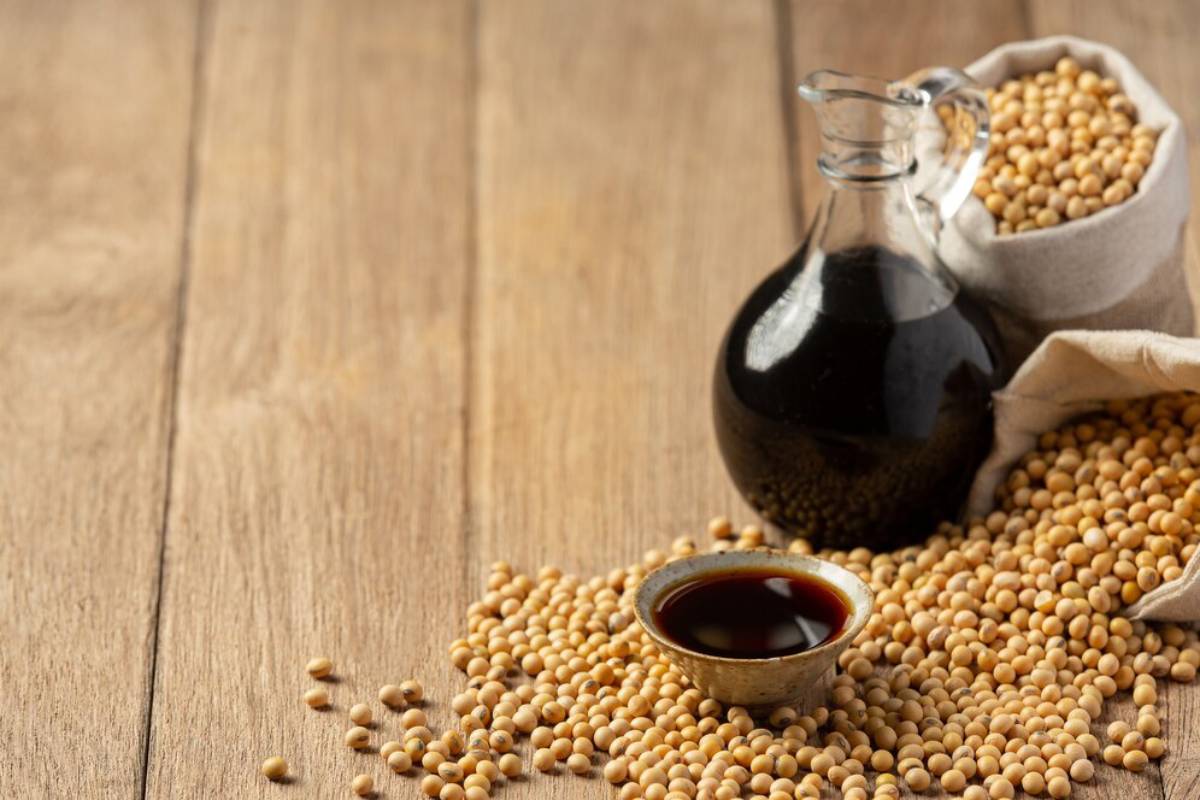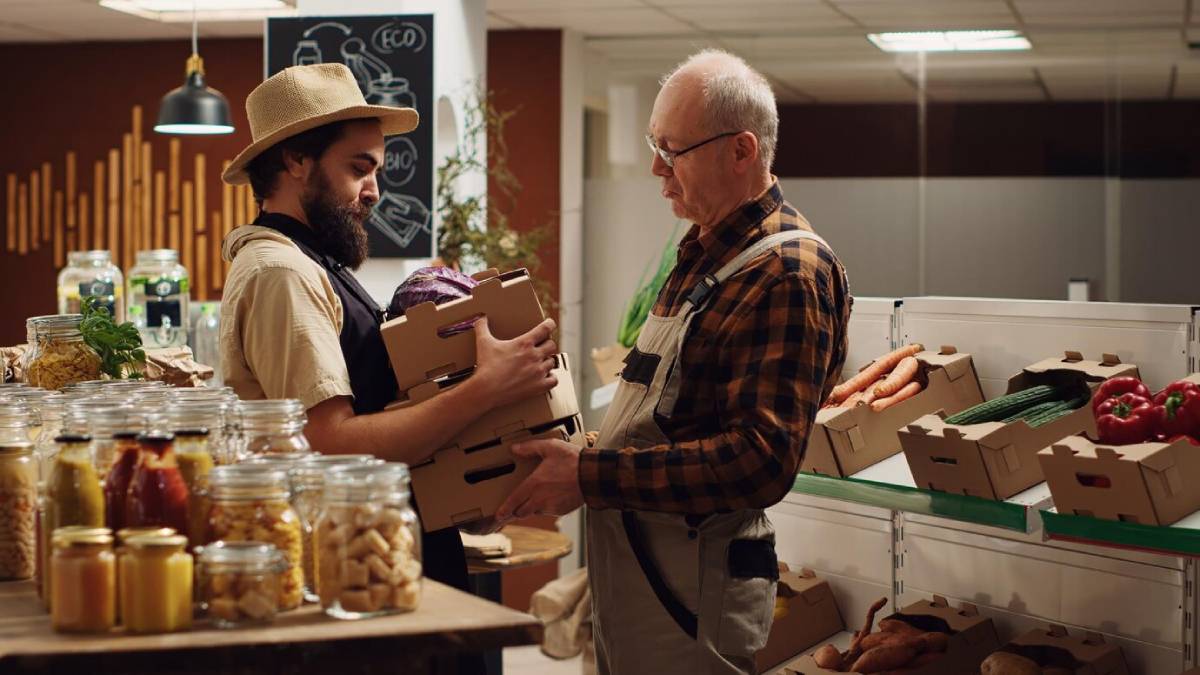The Food Blog

Global Pantry Staples: Everyday Fermented Foods You Should Know
In every corner of the world, humans have long turned to fermentation not just to preserve food, but to elevate it. Long before refrigeration, ancient cultures developed ingenious methods to extend shelf life and unlock bold, complex flavours. The result? A global symphony of tangy, pungent, and umami-rich foods that remain at the heart of local cuisines today.
From Korea’s kimchi to Ethiopia’s injera batter, fermented ingredients are more than just scientific marvels—they are culinary time capsules and everyday essentials. These cultural pantry items aren’t trendy inventions; they’re foundational elements of flavour, nutrition, and identity.
In this blog, we explore the essential fermented foods list every curious cook should know. Whether you’re a seasoned chef or a home cook seeking depth and character in your dishes, these preserved global ingredients offer the perfect starting point.
Why Fermented Foods Matter
Fermentation is a process in which microorganisms like bacteria, yeast, or fungi convert sugars into acids, gases, or alcohol. The technique not only extends a food’s shelf life but enhances its digestibility, nutritional value, and taste.
Key Benefits of Fermented Foods:
- Flavour enhancement: Adds umami, sourness, and depth
- Digestive health: Natural probiotics can support gut flora
- Cultural significance: Many fermented items are tied to rituals, seasons, or regional identities
- Sustainability: Reduces food waste and adds value to humble ingredients
Fermentation isn’t just preservation—it’s transformation.
Essential Fermented Foods From Around the World
Here’s a global tour of fermented pantry staples, showcasing how different cultures preserve, enrich, and celebrate everyday ingredients.

1. Soy Sauce – China, Japan, and Korea
What It Is: A salty, umami-rich liquid made from fermented soybeans, roasted grains, salt, and water.
Used In:
- Stir-fries, marinades, and dipping sauces
- A base note in countless East Asian dishes
Fermentation Time: Several months to years
Cultural Pantry Item: No East Asian kitchen is complete without it. Varieties range from light and sweet to dark and deeply savoury.
2. Kimchi – Korea
What It Is: Spicy, fermented vegetables—most commonly napa cabbage or radish—seasoned with garlic, chilli, ginger, and fish sauce or seaweed.
Why It Matters:
- Served with nearly every Korean meal
- Rich in probiotics and antioxidants
- A symbol of Korean identity and resilience
Fermented foods list highlight: Kimchi is arguably the world’s most iconic fermented side dish.
3. Miso – Japan
What It Is: A thick paste made by fermenting soybeans with salt and a fungus known as koji (aspergillus oryzae).
Used For:
- Soups, marinades, glazes, and dressings
Types:
- White (mild and sweet)
- Red (aged and salty)
- Mixed (balanced and savoury)
Preserved Global Ingredient: A staple of Japanese households for centuries, packed with umami and depth.
4. Sauerkraut – Germany and Central Europe
What It Is: Shredded cabbage fermented in its own juices with salt.
Cultural Role:
- Served with sausages, pork, or potatoes
- Common in traditional winter diets
- Linked to harvest and preservation culture
Bonus: Naturally rich in vitamin C—historically used to prevent scurvy.
5. Tempeh – Indonesia
What It Is: Whole soybeans fermented into a firm, nutty cake using Rhizopus mould.
Why It’s Beloved:
- High-protein meat alternative
- Often fried or braised in sweet soy sauce (kecap manis)
- Offers a firmer, chunkier texture than tofu
Global Note: Increasingly popular in plant-based diets worldwide.
6. Injera Batter – Ethiopia and Eritrea
What It Is: Fermented teff flour batter used to make spongy flatbread.
Culinary Importance:
- Acts as both plate and utensil
- Pairs with spicy lentils, stews, and vegetables
Fermentation Period: 2–3 days
Cultural Pantry Item: Essential to communal Ethiopian dining and cultural gatherings.
7. Chicha – Latin America (Andean Region)
What It Is: A fermented corn drink, sometimes alcoholic, traditionally made with chewed or germinated maize.
Historical Roots:
- Inca ceremonies and agricultural festivals
- Still used in rural celebrations and family gatherings
Modern Varieties:
- Non-alcoholic (chicha morada)
- Fermented versions vary in strength
Why It Matters: A living link to pre-Columbian food culture.
8. Fish Sauce – Southeast Asia
What It Is: A pungent, amber-coloured liquid made by fermenting fish (typically anchovies) with salt.
Culinary Uses:
- Foundation of Thai, Vietnamese, and Filipino dishes
- Adds saltiness, umami, and complexity
Production Time: 6–18 months in wooden barrels
Preserved Global Ingredient: Known as nam pla, nuoc mam, or patis, depending on the region.
9. Kvass – Eastern Europe and Russia
What It Is: A lightly fermented beverage made from rye bread, flavoured with fruits, herbs, or beetroot.
Cultural Context:
- Once considered a safer alternative to water
- Common at rural markets and festivals
Flavour Profile: Mildly sour, sometimes fizzy, always refreshing
Fermented foods list gem: A unique beverage bridging the line between drink and nourishment.
10. Natto – Japan
What It Is: Fermented soybeans with a strong aroma and sticky, stringy texture.
Nutritional Powerhouse:
- Rich in vitamin K2 and protein
- Linked to cardiovascular and bone health
Best Known For: Dividing opinions! Loved in Japan, acquired taste elsewhere.
Cultural Note: Traditionally eaten with rice and mustard for breakfast.
11. Gundruk – Nepal
What It Is: Fermented leafy greens (typically mustard, radish, or cauliflower leaves), dried for long-term storage.
Traditional Use:
- Eaten in soups or curries
- Valuable in mountainous regions with seasonal agriculture
Preservation Technique: Fermentation followed by sun-drying
Why It’s Unique: A high-altitude adaptation and key cultural pantry item in Nepalese homes.
12. Achar (Pickles) – South Asia
What It Is: Fruits or vegetables (e.g., mango, lime, garlic) preserved in oil, salt, and spices—sometimes fermented.
Regional Variations:
- India, Pakistan, Bangladesh, Sri Lanka
- Spicy, tangy, salty, and occasionally sweet
Serving Style:
- A small but powerful side dish
- Adds punch to rice, roti, or lentils
Home Fermentation: Sun-aged in glass jars for weeks, sometimes months.
How to Incorporate These Staples Into Your Kitchen
Ready to enrich your pantry with some of the world’s most vibrant preserved goods? Here’s how to get started:
1. Start with Familiar Flavours
Soy sauce, miso, and kimchi are widely available and easy to use in everyday cooking.

2. Explore Local Shops and Online Markets
Find authentic versions at international grocers or specialty food websites.
3. Learn to Ferment at Home
Try simple projects like sauerkraut, sourdough starter, or preserved lemons. All you need is salt, time, and curiosity.
4. Respect the Culture
Each item has cultural meaning and context. Learn its story, use it thoughtfully, and credit its origin.
The Cultural Significance of Fermented Staples
These foods are more than functional—they’re historical, social, and even spiritual:
- In Japan, miso and soy sauce are part of everyday nourishment and ritual.
- In Ethiopia, injera is central to family life and religious fasting.
- In Korea, entire seasons revolve around kimjang—the communal making of kimchi.
By including these cultural pantry items in your kitchen, you’re not just adding flavour—you’re honouring tradition.
Flavour That Ferments Over Time
From umami-rich condiments to tangy breads and fizzy drinks, fermented foods are the foundation of many great cuisines. These preserved global ingredients teach us that patience and tradition yield some of the boldest, most satisfying flavours.
Fermentation connects us with ancient wisdom, brings communities together, and invites us to explore the depth of culinary diversity across borders.
Take action today: Choose one item from this fermented foods list to try at home—whether by cooking with it, tasting it for the first time, or even attempting to ferment your own. In doing so, you’re not just expanding your palate—you’re participating in one of humanity’s oldest, most universal food traditions.









